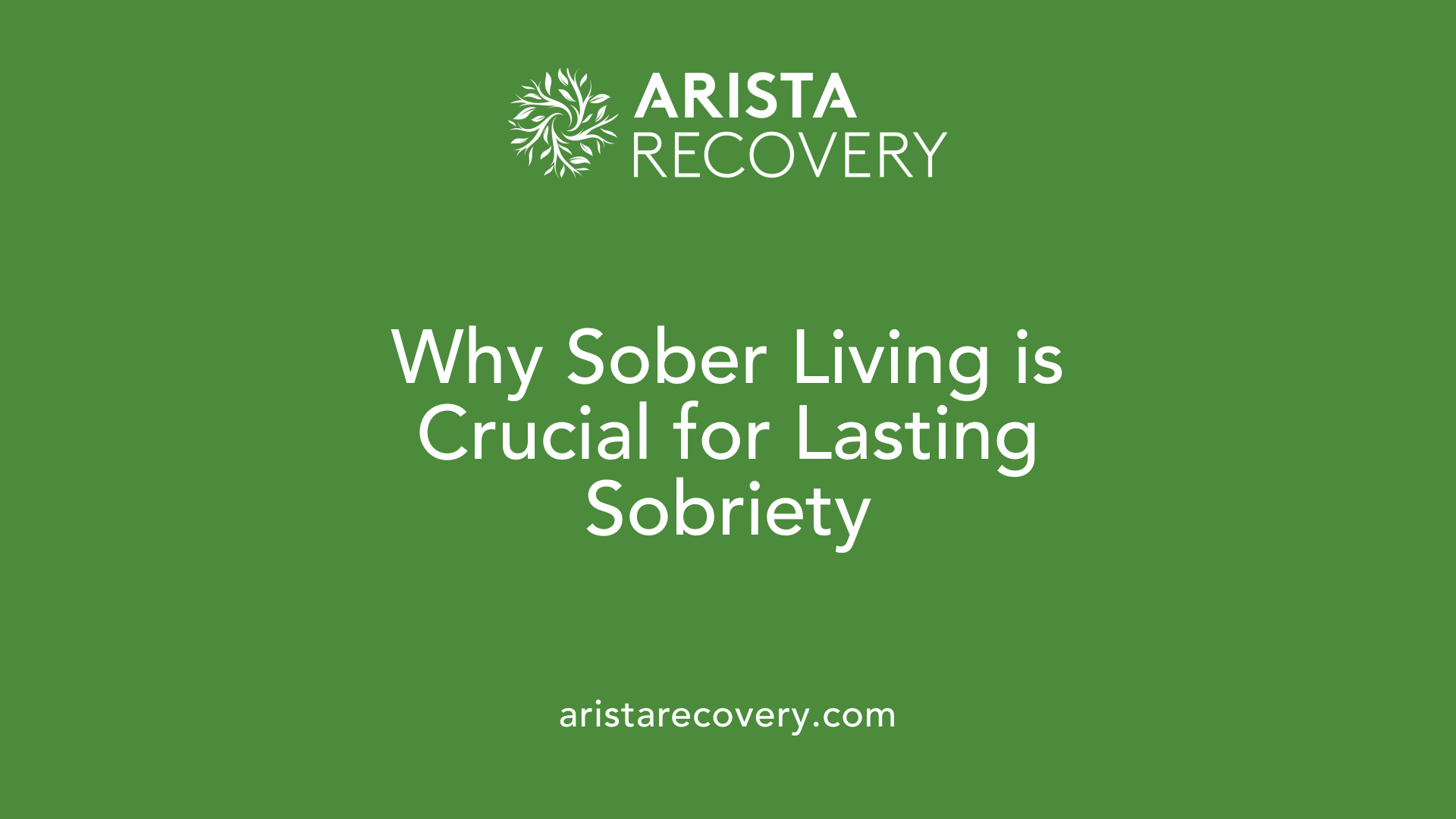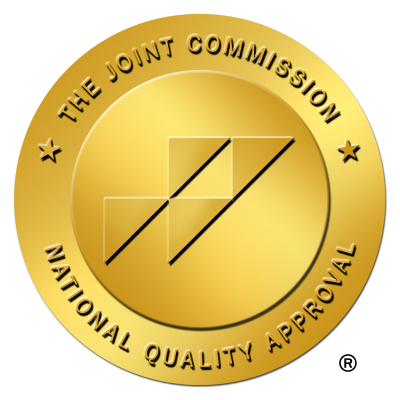How Sober Living Helps Prevent Relapse

Understanding the Critical Role of Sober Living in Recovery
Sober living environments play a vital role in supporting individuals recovering from substance use disorders. By providing a structured, supportive, and drug-free space, these homes serve as an essential bridge between intensive treatment and independent living, significantly contributing to long-term relapse prevention. This article explores how sober living helps prevent relapse, the strategies involved, the importance of routines, and the scientific evidence validating their effectiveness.
The Importance of Sober Living for Long-Term Sobriety

Why is sober living important for maintaining long-term sobriety after treatment?
Sober living plays a vital role in helping individuals sustain their sobriety well beyond initial treatment. These environments provide a structured, alcohol- and drug-free setting that supports the development of healthy daily routines and habits crucial for ongoing recovery.
In sober homes, residents connect with peers facing similar challenges, fostering a strong sense of community and mutual support. This social network reduces feelings of isolation and provides emotional encouragement, making it easier to handle the stresses of daily life without turning back to substance use.
Accountability is a core feature in sober living. House rules such as mandatory drug testing, curfews, and participation in recovery activities like 12-step meetings keep residents responsible for their sobriety. Such regulations promote discipline and help prevent relapse.
Moreover, sober living serves as a transitional phase where individuals can rebuild essential life skills, including employment, budgeting, and healthy communication. It provides a safe space to gradually reintegrate into society—whether that means returning to work, education, or independent living.
Research supports that longer stays in sober living homes correlate with higher stability, lower relapse rates, and better overall well-being. By offering stability, consistent support, and opportunities for personal growth, sober living environments are key to maintaining long-term recovery and building a resilient, sober life.
Supporting Ongoing Recovery: The Benefits of Sober Living Homes

What are the benefits of sober living houses in supporting ongoing recovery?
Sober living homes play a vital role in helping individuals maintain their sobriety after completing treatment. These homes create a safe, alcohol- and drug-free environment that significantly reduces the risk of relapse by minimizing exposure to common triggers such as stress and substance-linked cues.
One of the core strengths of sober living houses is fostering peer support and community bonding. Living among others who share similar recovery goals encourages camaraderie and mutual encouragement. This supportive network helps residents feel understood and less isolated, which is crucial for sustained sobriety.
Sober homes also focus on developing practical life skills that are essential for independent living. Residents learn responsibilities such as managing chores, maintaining personal hygiene, and handling finances. These skills contribute to building confidence and self-sufficiency, further supporting long-term recovery.
Participation in 12-step groups and engaging with supportive social networks within sober environments have been linked to better outcomes. These connections not only provide ongoing encouragement but also reinforce accountability and shared experiences.
Furthermore, sober living environments serve as transitional platforms that facilitate reintegration into society. They support residents in gaining employment, pursuing education, and developing routines necessary for a balanced, sober lifestyle. Overall, sober homes offer a comprehensive approach to recovery, addressing emotional, social, and practical needs to help individuals sustain their sobriety over the long term.
How Sober Living Environments Contribute to Relapse Prevention

How do sober living environments contribute to relapse prevention?
Sober living environments play a vital role in helping individuals maintain their sobriety by offering a highly structured, substance-free setting. These homes are designed to foster accountability and responsibility through enforced rules, such as mandatory drug testing, curfews, and participation in recovery meetings like 12-step programs.
Within these environments, residents develop healthy routines that incorporate regular activities, including employment, chores, therapy sessions, and peer support meetings. Establishing such routines provides stability, minimizes boredom, and reduces exposure to common relapse triggers like idle time, stress, and environmental cues linked to past substance use.
Furthermore, sober living homes cultivate a sense of emotional safety and stability. Living among peers who share similar recovery goals creates an encouraging community that offers emotional support and mentorship. This camaraderie decreases feelings of isolation, which are often associated with relapse.
Building strong social networks within sober houses equips residents with practical skills and positive relationships that reinforce their commitment to sobriety. The ongoing support from peers and staff helps residents navigate challenges, develop coping strategies, and maintain focus on their recovery journey.
Overall, these environments serve as a crucial transitional phase after intensive treatment, providing residents with the tools, structure, and community necessary to sustain long-term sobriety and prevent relapse.
The Power of Structured Routines and Support Systems

How do structured routines, support networks, and resources in sober living help prevent relapse?
Implementing structured routines in sober living environments creates a foundation of stability and predictability. Daily schedules that include chores, meetings, work, or educational activities help residents develop a sense of normalcy and purpose. These routines replace feelings of uncertainty or fear with confidence, promoting self-control and bolstering self-esteem — both crucial for resisting cravings.
Support networks — comprised of peers, staff, sponsors, and family — provide emotional encouragement and practical assistance. Being part of a community helps individuals feel less isolated and more accountable, increasing motivation and resilience during challenging times.
Access to ongoing recovery resources and education further reinforces abstinence. This includes participation in support groups like AA or NA, therapy, and educational materials about relapse prevention. Such resources empower individuals with coping strategies, help identify triggers, and teach new skills for managing stress.
By combining these elements, sober living homes offer a comprehensive environment that actively reduces triggers, manages emotional health, and fosters healthy habits. This holistic approach is proven to significantly cut the chances of relapse, supporting long-term recovery and personal growth.
Educational Components and Evidence Supporting Sober Living’s Effectiveness

What educational components about relapse, risk factors, triggers, and relapse management are incorporated within sober living settings?
Sober living environments prioritize educating residents on recognizing early signs of relapse and understanding the risk factors that may lead to substance use. This includes teaching residents to identify personal triggers such as stress, peer pressure, and exposure to substances. They learn practical relapse prevention techniques, like mindfulness, self-care routines, and the HALT method (Hungry, Angry, Lonely, Tired) to manage urges.
Residents are often encouraged, or in some cases required, to attend support groups like Alcoholics Anonymous or Narcotics Anonymous. These meetings foster peer support and provide ongoing education about relapse warning signs and coping skills.
Structured programs also focus on developing personal relapse prevention plans. These plans help residents proactively address emotional, mental, and physical changes that could lead to relapse. Education extends to understanding the three stages of relapse—emotional, mental, and physical—and how to intervene early during each stage.
Furthermore, transitional living programs incorporate lessons on managing emotional struggles, developing coping mechanisms, and maintaining sobriety through accountability and routine. Staff and peer support play vital roles in reinforcing these learnings.
Overall, sober living facilities combine behavioral education, peer mentorship, and structured routines to equip residents with the knowledge and tools necessary for sustained recovery and relapse prevention.
Sustaining Sobriety Through Dedicated Support and Structure
The evidence clearly demonstrates that sober living environments are a cornerstone of effective long-term relapse prevention. Through a combination of structured routines, peer support, ongoing education, and access to resources, these homes create a resilient foundation for recovery. By reducing triggers, encouraging accountability, and building community, sober living homes empower residents to develop the skills and confidence necessary for lasting sobriety. As a vital transitional step, sober living bridges the gap between treatment and independent living, ensuring individuals are equipped to face life’s challenges without the threat of relapse. Embracing these supportive environments enhances the chances of sustained recovery, making sober living an indispensable part of the journey to long-term sobriety.
References
- National Helpline for Mental Health, Drug, Alcohol Issues - SAMHSA
- Sober House Rules: What Happens If You Relapse?
- How Sober Living Helps Prevent Relapse - Pura Vida Recovery
- What Did We Learn from Our Study on Sober Living Houses and ...
- How Sober Living Homes Help to Prevent Relapse
- Addiction Relapse: Risk Factors, Coping & Treatment Options
- 12 Ways Sober Living Homes Can Help Prevent Relapse
- Top 5 Aftercare Strategies to Prevent Relapse After Rehab
You’re not alone in this.
When mental health challenges and addiction intersect, it can feel isolating. At Arista, we offer compassionate, evidence-based, and trauma-informed care to help you heal, grow, and move forward.
You’re not alone in this.
When mental health challenges and addiction intersect, it can feel isolating. At Arista, we offer compassionate, evidence-based, and trauma-informed care to help you heal, grow, and move forward.
Support that moves with you.
You’ve taken a brave first step. At Arista Recovery, we’re here to help you continue with best-in-class care designed for long-term healing and support.
.webp)






